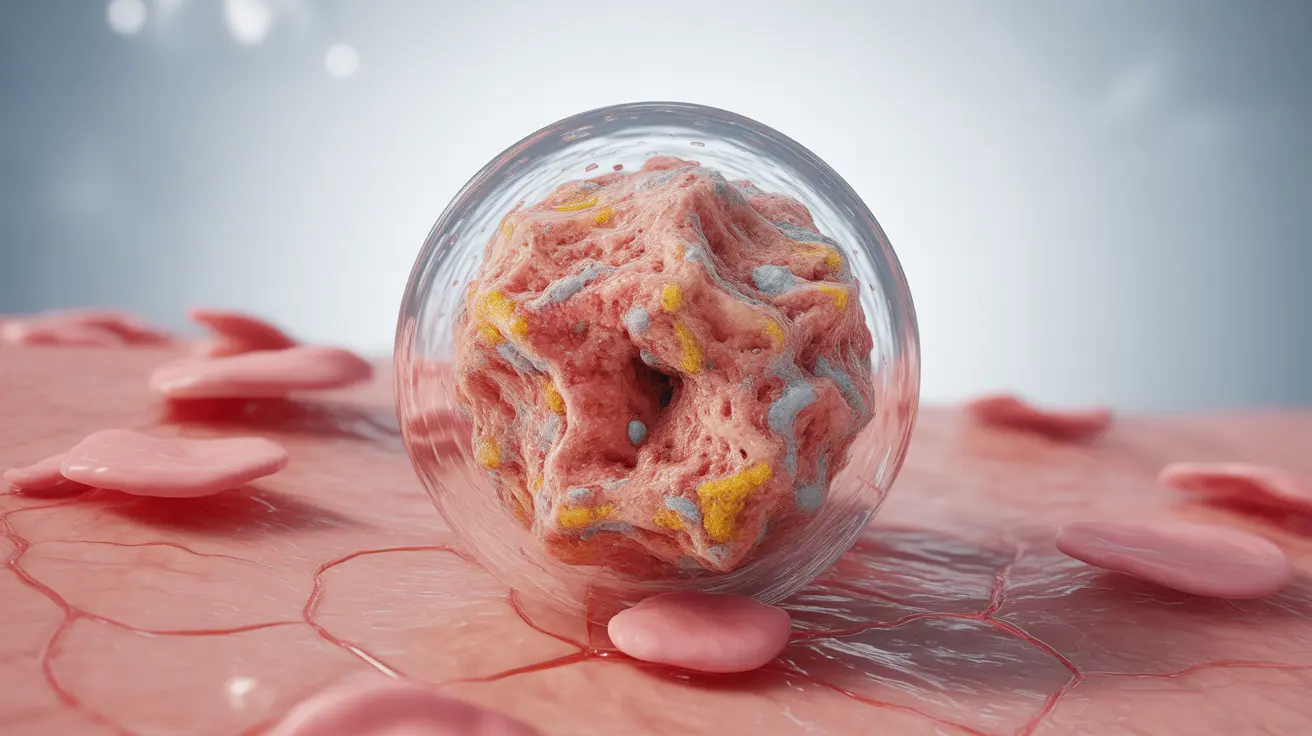Trigger finger is a frustrating hand condition that can significantly impact daily activities, causing discomfort and limiting mobility. While it can affect any finger, the middle finger is often a common site for this painful ailment that causes fingers to catch, lock, or snap unexpectedly.
This comprehensive guide will explore the intricacies of trigger finger, providing insights into its symptoms, causes, and effective management strategies to help you regain hand function and reduce discomfort.
What is Trigger Finger?
Trigger finger is a medical condition characterized by inflammation of the tendon sheath in the finger, which causes the finger to become stuck in a bent position. The condition gets its name from the characteristic snapping or popping motion that occurs when the finger is straightened, similar to pulling and releasing a trigger.
How the Condition Develops
The problem begins in the tendon and its protective sheath, which normally allows smooth gliding movements. When inflammation occurs, the tendon becomes swollen and develops a small nodule, preventing it from moving freely through the sheath. This results in the characteristic catching or locking sensation that defines trigger finger.
Common Symptoms of Trigger Finger
Recognizing trigger finger early can help prevent progression and seek appropriate treatment. Key symptoms include:
- Stiffness in the affected finger, particularly noticeable in the morning
- A clicking or popping sensation when moving the finger
- Tenderness at the base of the finger
- Finger catching or locking in a bent position
- Potential development of a small, painful bump in the palm
Who is Most at Risk?
While trigger finger can affect anyone, certain groups are more susceptible:
- Women, especially those over 50
- People with diabetes
- Individuals with rheumatoid arthritis
- Those performing repetitive gripping activities
- Workers in occupations requiring extensive hand use
Potential Complications
If left untreated, trigger finger can progressively worsen, making everyday tasks challenging. Potential complications include:
- Difficulty typing or using electronic devices
- Challenges with buttoning clothing
- Reduced grip strength
- Increased pain and stiffness
- Potential permanent finger contracture in severe cases
Treatment Options
Conservative Approaches
Initial treatment often focuses on non-invasive methods:
- Rest and activity modification
- Wearing a splint to restrict movement
- Gentle stretching exercises
- Over-the-counter anti-inflammatory medications
Medical Interventions
For more persistent cases, medical professionals might recommend:
- Corticosteroid injections to reduce inflammation
- Physical therapy
- Surgical release of the tendon sheath in severe instances
Preventing Trigger Finger
While not always preventable, you can reduce your risk by:
- Avoiding repetitive gripping motions
- Taking regular breaks during hand-intensive activities
- Maintaining overall hand and joint health
- Managing underlying conditions like diabetes
Frequently Asked Questions
What are the symptoms of trigger finger and how does it affect daily activities?
Trigger finger causes finger stiffness, popping sensations, and potential locking, which can make simple tasks like typing, buttoning shirts, or gripping objects extremely challenging.
How is trigger finger typically treated, and what are the options for managing severe cases?
Treatment ranges from rest and splinting to corticosteroid injections and, in severe cases, surgical intervention to release the constricted tendon sheath.
Can trigger finger be prevented or reduced through lifestyle changes or exercises?
While not entirely preventable, reducing repetitive hand movements, taking breaks, and maintaining overall hand health can help minimize risk and progression.
What are the risks and benefits of steroid injections versus surgery for treating trigger finger?
Steroid injections offer a less invasive, temporary solution with quick relief, while surgery provides a more permanent fix but carries standard surgical risks like infection or potential nerve damage.
Are there any specific health conditions that make me more prone to developing trigger finger?
Diabetes, rheumatoid arthritis, and other inflammatory conditions significantly increase the likelihood of developing trigger finger, particularly in women over 50.
If you're experiencing persistent hand discomfort or suspect trigger finger, consult a healthcare professional for personalized diagnosis and treatment.




